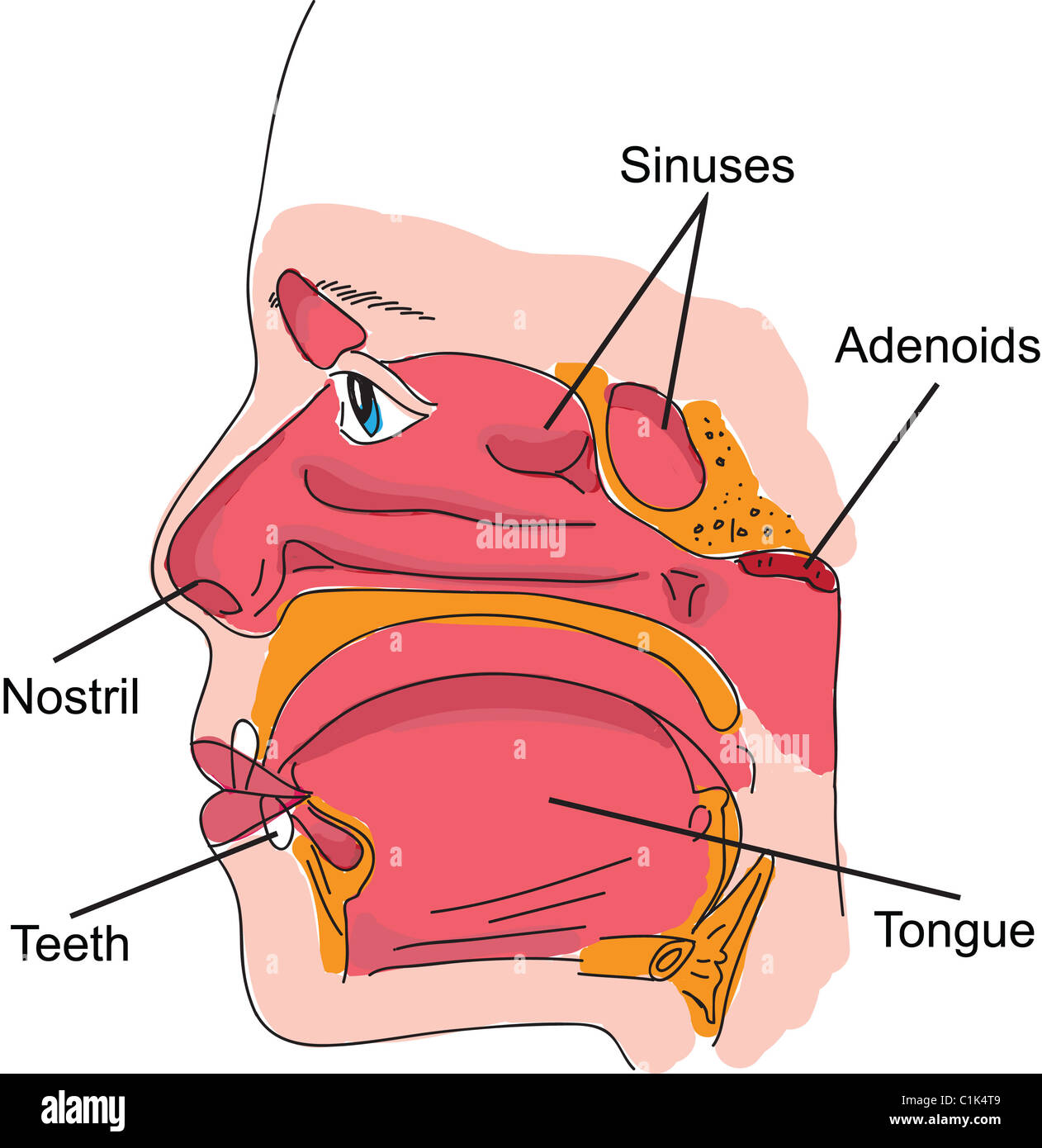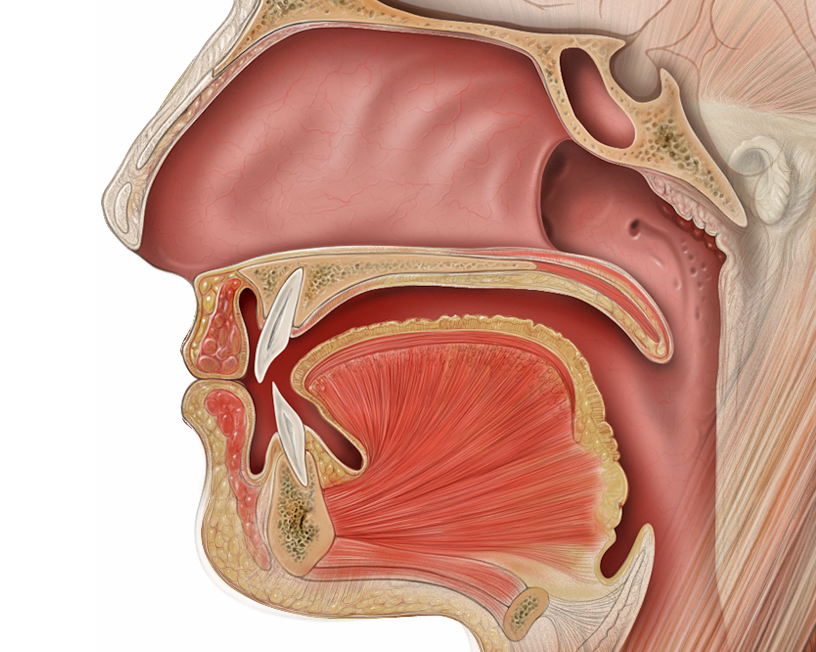Mouth: Mouth,, in human anatomy, orifice through which food and air enter the body. The mouth opens to the outside at the lips and empties into the throat at the rear; its boundaries are defined by the lips, cheeks, hard and soft palates, and glottis.
Equine anatomy refers to the gross and microscopic anatomy of s and other equids, including donkeys, and zebras.While all anatomical features of equids are described in the same terms as for other s by the International Committee on Veterinary Gross Anatomical Nomenclature in the book Nomina Anatomica …


See a rich collection of stock images, vectors, or photos for nose anatomy you can buy on Shutterstock. Explore quality images, photos, art & more.
Justin H. Turner, M.D., Ph.D. Devyani Lal, MD Jayakar V. Nayak, MD, PhD anatomy The nose is the organ of smell, and serves in breathing and airway function.

Also known as the oral cavity, the mouth is the hollow cavity that allows food and air to enter the body. The mouth contains many other organs – such as the teeth, tongue, and the ducts of the salivary glands – that work together to …
Bone anatomy. In the upper portion of the nose, the paired nasal bones attach to the frontal bone. Above and to the side (superolaterally), the paired nasal bones connect to the lacrimal bones, and below and to the side (inferolaterally), they attach to the ascending processes of the maxilla (upper jaw).
HAIR . The highest part of the human body is the hair.. This complex subject is so large that I needed a separate paper to explain it.
The Nose and Mouth. ORGANIZATION OF THE ORAL AND NASAL CAVITIES. The oral and nasal cavities lie near the body midline, inferior and medial to the orbital cavities, anterior to the pharynx and medial to the infratemporal fossa.


The nose has two cavities, separated from one another by a wall of cartilage called the septum. The external openings are known as nares or nostrils. The roof of the mouth and the floor of the nose are formed by the palatine bone, the mouth part of which is commonly called the hard palate; a flap of tissue, the soft palate, extends back into




Mouth breathing appears harmless, unassuming, benign, and unsuspecting form of breathing. For many, breathing is breathing and it has no relevance whether it is from the mouth or nose.
